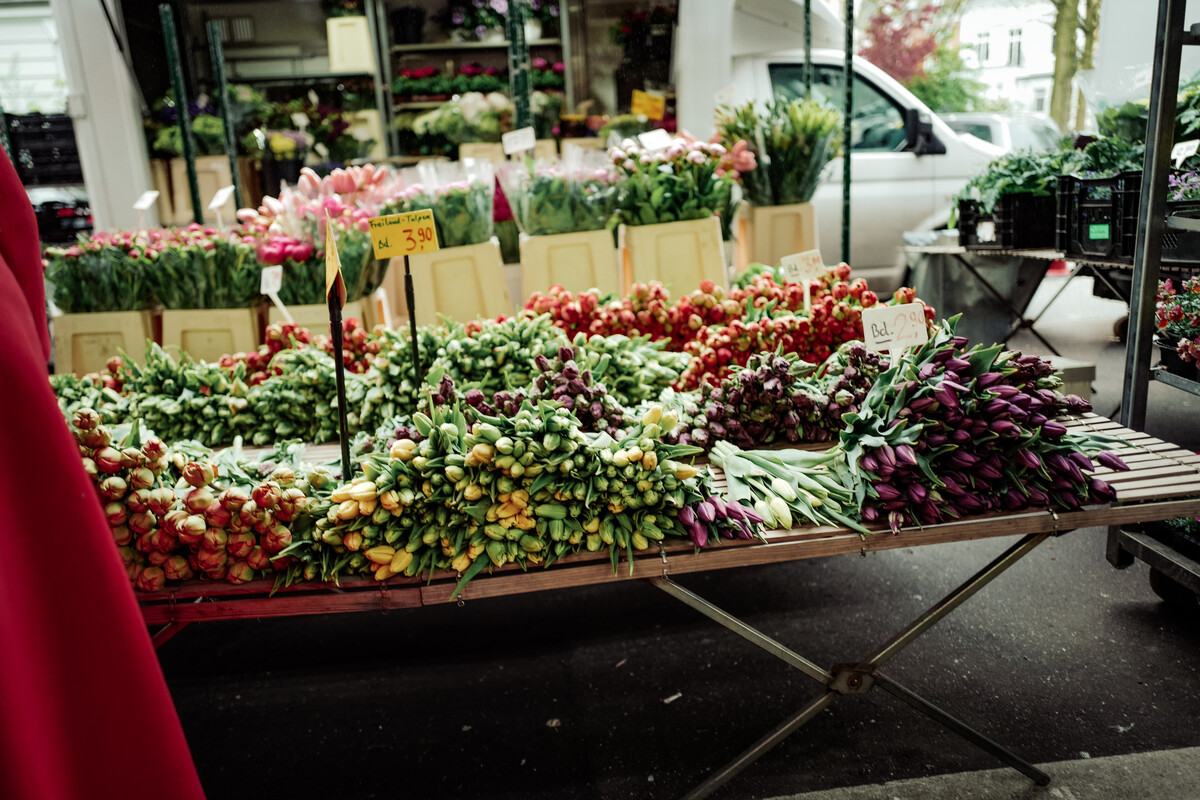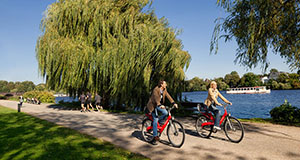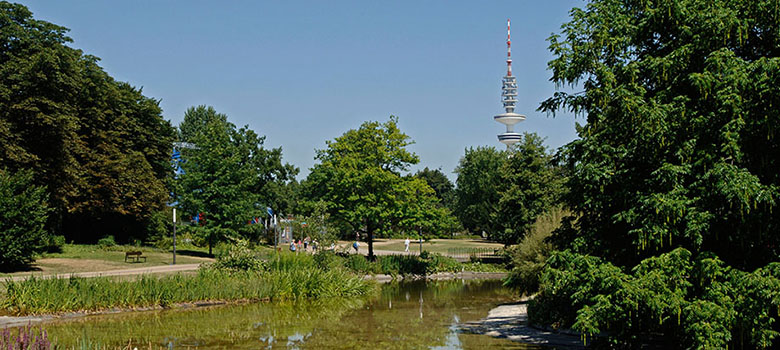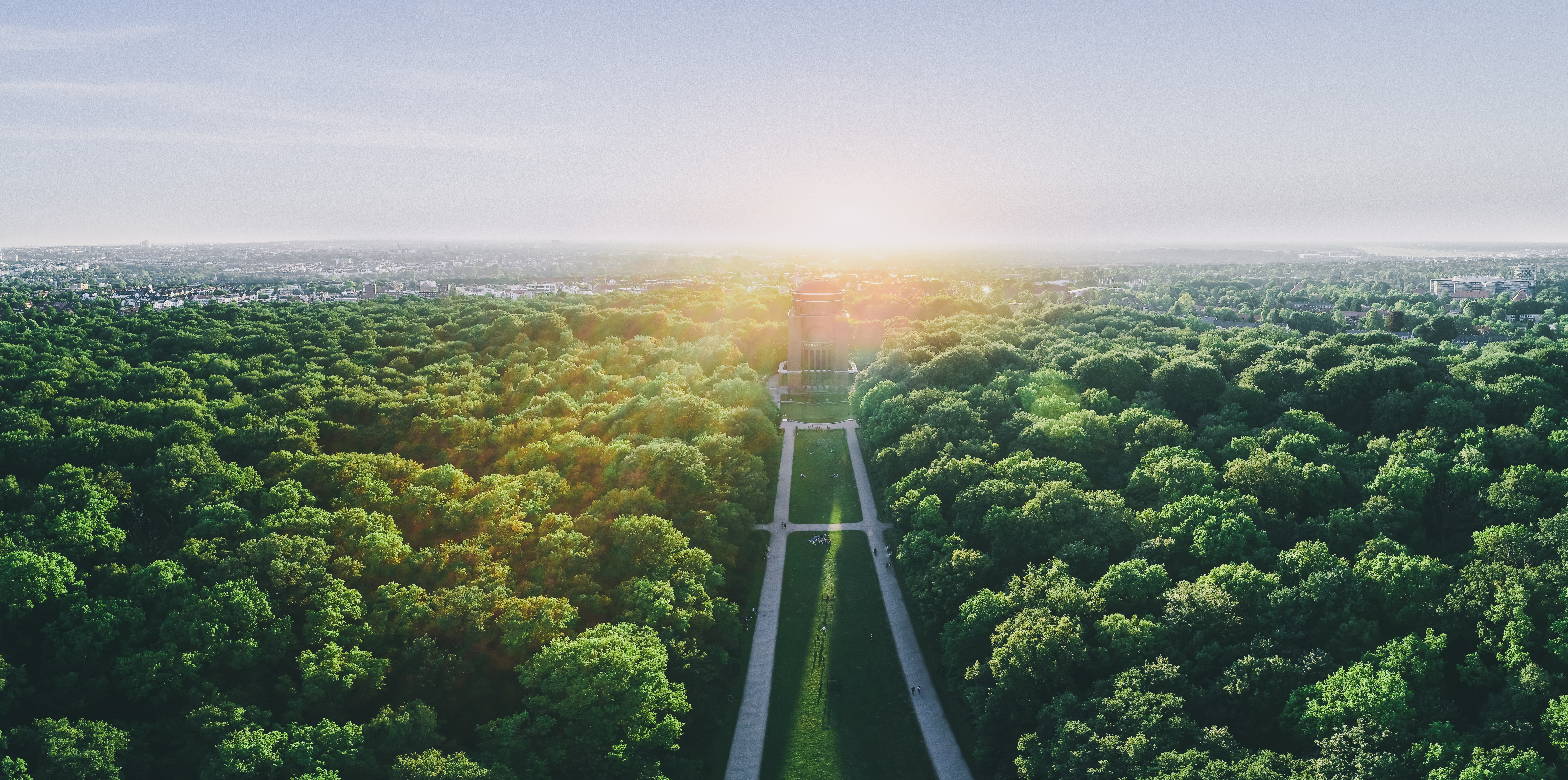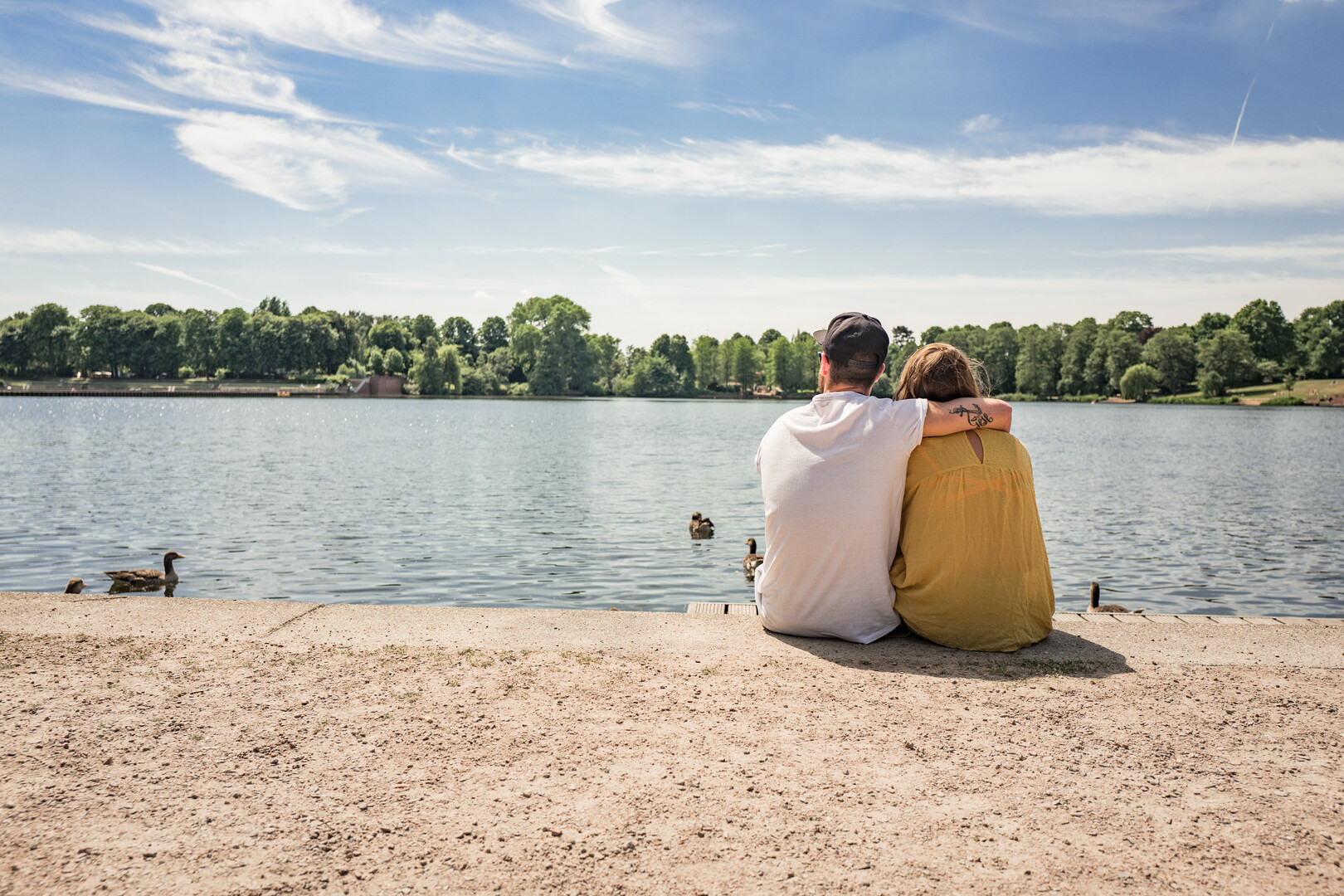Urban & sustainable vacation in Hamburg
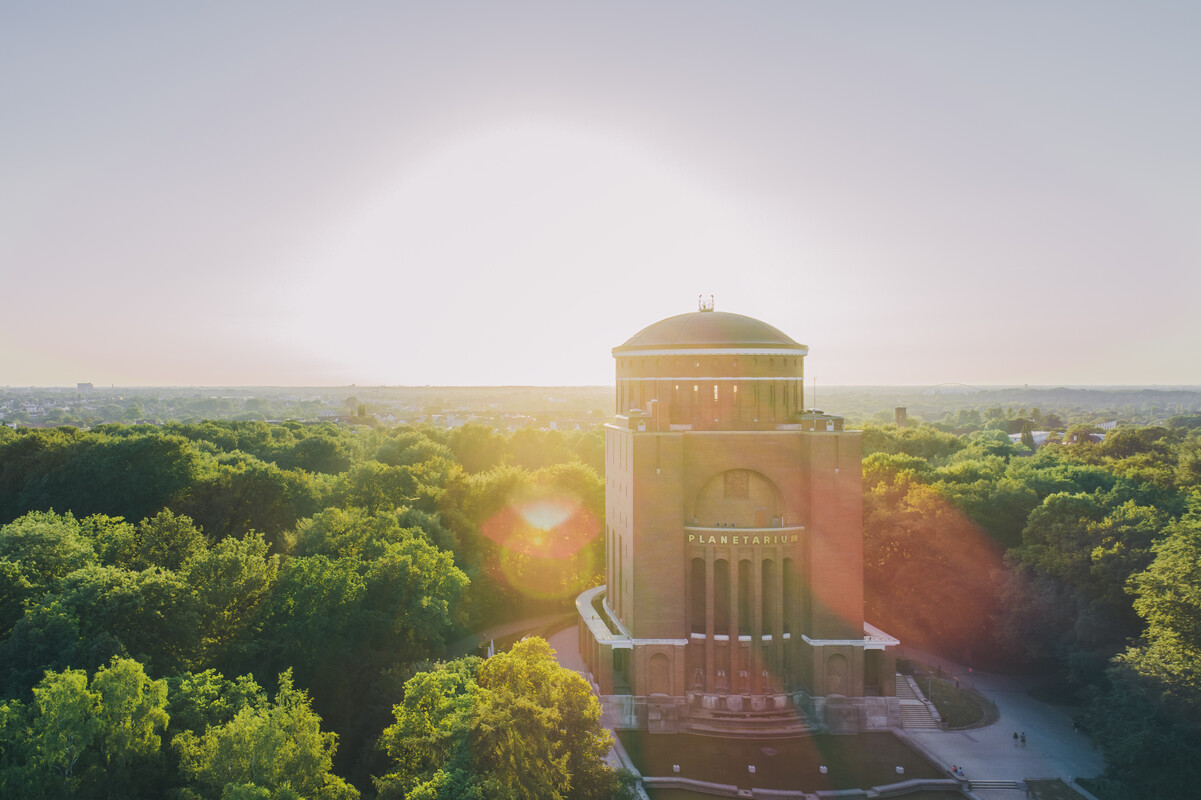
No other city in Germany offers more green spaces and more water surfaces when measured against the number of residents. And even on a global level, Hamburg is ranked in the top ten greenest cities of the world: in 2018, TravelBird, a tour operator, compiled a global ranking based on square metres per person as well as cities’ efforts to preserve natural green spaces and create new ones. Featuring 114.07 square metres of green spaces per resident and with 1.82 million inhabitants at the time, Hamburg came in ninth. With 88.10 square metres per resident, the German capital Berlin was ranked 18th, and with 72.49, Munich only took 24th place. Providing 410.84 square metres of green space to each of its 123,200 residents, Iceland‘s capital Reykjavik was at the top of this global ranking. Next in line were Auckland (New Zealand, with 357.20) as well as Bratislava (Slovakia, with 332.99).
In a 2019 survey by Spotahome, a housing company, Hamburg scored even better: in the “green spaces and parks” category of the Healthiest Cities Report, which included 89 cities worldwide, Hamburg came in first, followed by Vilnius (Lithuania) in second place and Geneva (Switzerland) in third place. Coming in next were Vancouver (4), Stockholm (5), Ljubljana (6), Canberra (7), Adelaide (8), Auckland (9), and Brisbane (10).
19 percent of Hamburg‘s municipality consists of designated protected landscape areas, and nearly 10 percent of Hamburg’s municipality is made up of water surfaces – including the port, the 164-hectare Alster Lake in the heart of the city as well as countless canals, Hamburg features as many as 36 nature reserves, and as a result, nearly 10 percent of the city state’s area is protectedunder strict nature conservation. With a national average of 3.6 percent, Hamburg is once again taking the lead. A unique destination awaits you at the Hamburg Wadden Sea National Park in the North Sea. The area on the western Elbe estuary is home to more than 2,000 species of animals and has been identified as one of the most bird-rich areas in Central Europe. The Wadden Sea can best be explored from the island of Neuwerk, which is legally part of the City of Hamburg – despite being located more than 100 kilometres away from Hamburg.
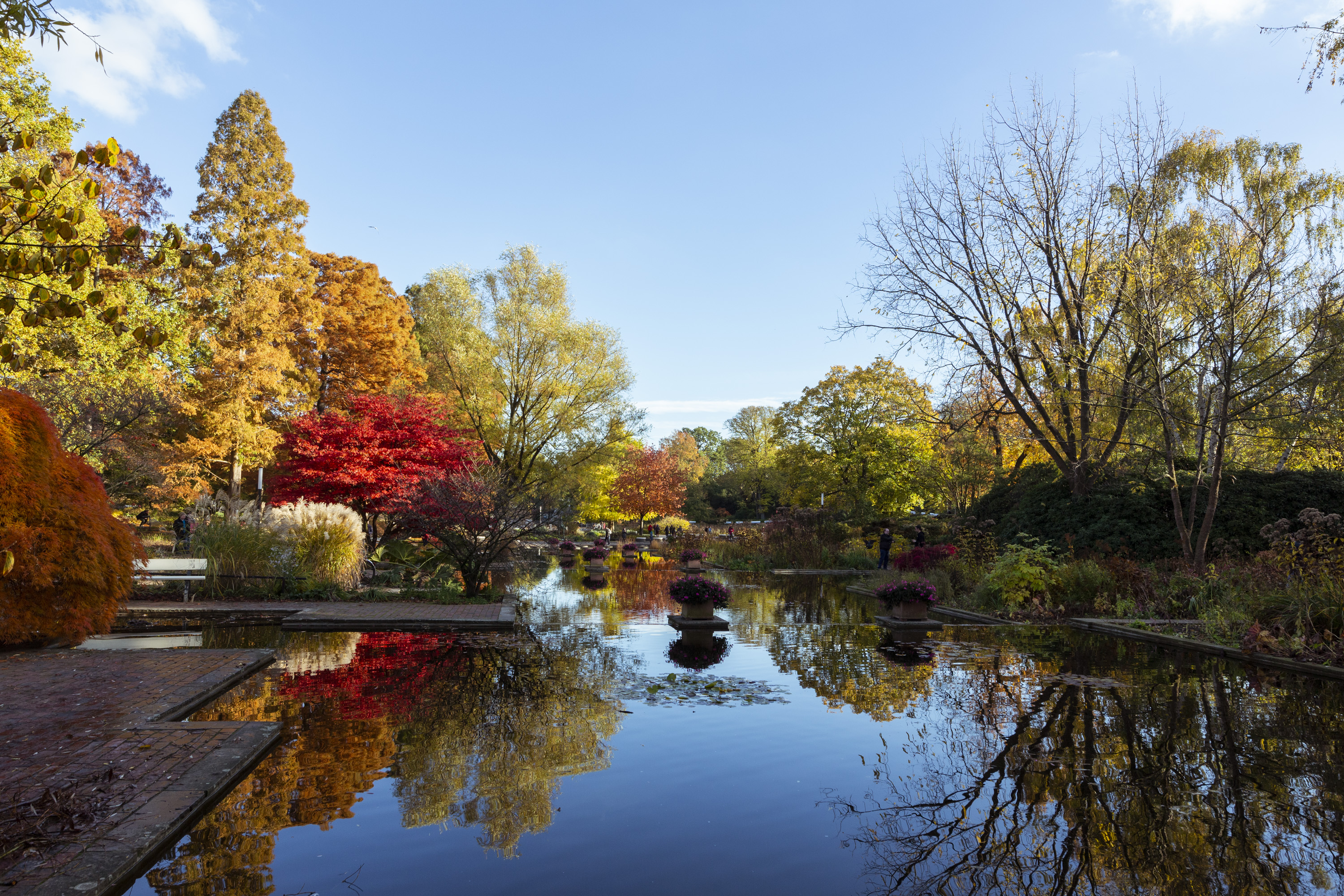
Right in the centre of Hamburg you can find the popular “Planten un Blomen” park, which includes e.g. a beautiful botanical garden with a tropical house as well as Europe’s largest Japanese garden.
With an area of more than 150 hectares, the Stadtpark in the district of Winterhude is one of the largest inner-city recreation areas and is widely used by young and old alike. Designed by the influential urban planner Fritz Schumacher and completed in 1914, the park was setting the bar in terms of landscape architecture at the time.
Comprising an area of almost 400 hectares, the Ohlsdorf Cemetery is the largest park cemetery in the world. Thepremises are characterised by a combination of historical buildings and monuments and are also visited by many guests to the city.
Providing ample opportunities for sports and recreation and surrounded by the Alsterpark, the Outer Alster Lake in the city centre is one of the most popular urban destinations for Hamburg‘s locals.

.jpg)

